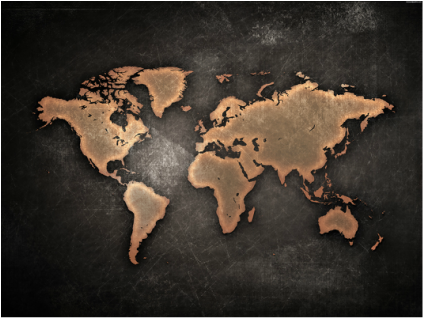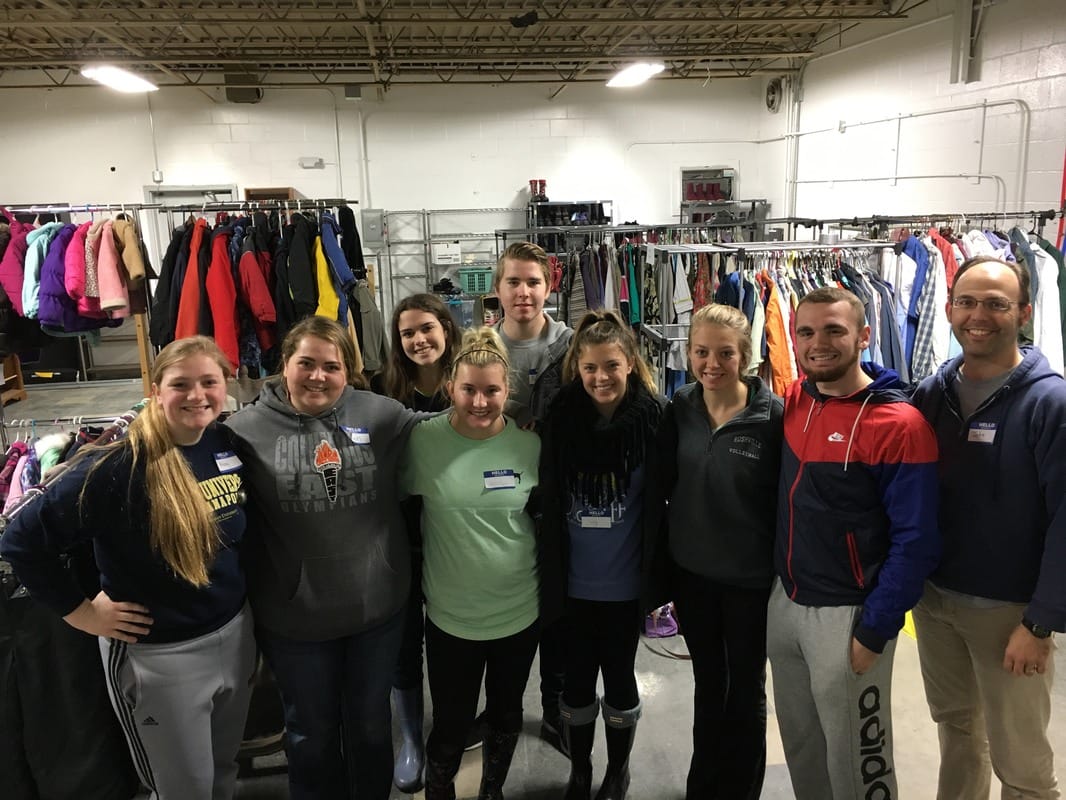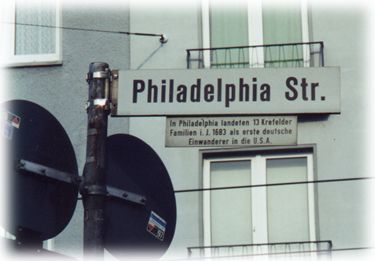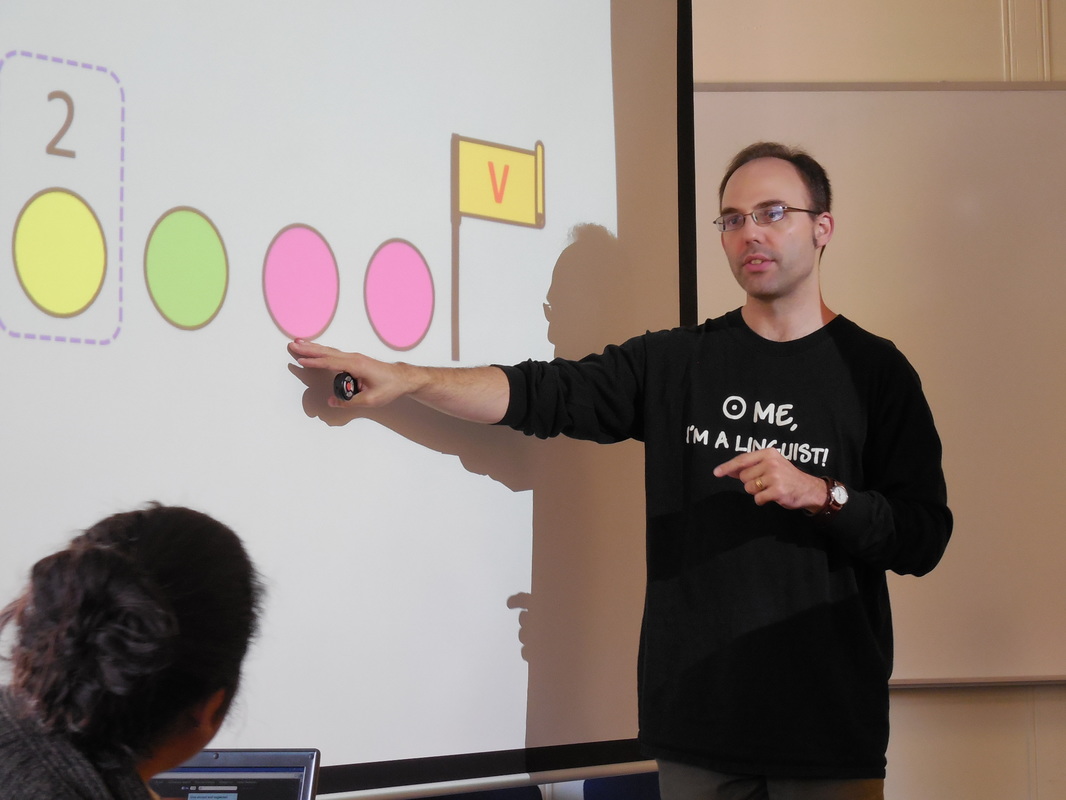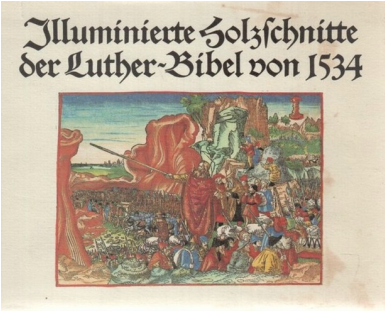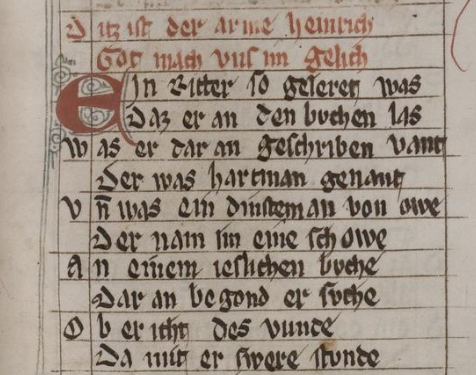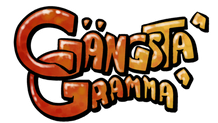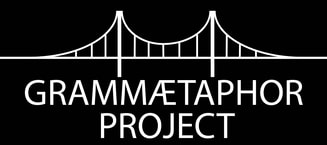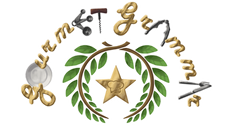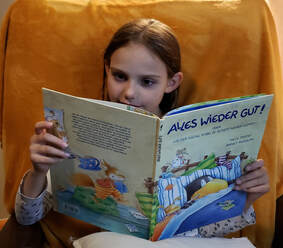I've recently joined the Department of German Studies the University of Maryland's School of Languages, Literatures, and Cultures (SLLC) as a lecturer. I remain affiliated the University of Calgary in Alberta, Canada, where I was with the German faculty at the School of Languages, Linguistics, Literatures & Cultures (SLLLC) from 2019 to 2023, as an adjunct professor. Prior to my appointment at Calgary, I taught German as a graduate student at both Indiana University in Bloomington and Marian University in Indianapolis. I teach mostly introductory and continuing German language courses, but I have also taught topics courses in constructed languages, German(ic) linguistics, miscommunication, and introductory research and analysis in the fields of second language acquisition and literature and culture studies. At Calgary, I was nominated for teaching awards by my students and colleagues. Some of my previous interdisciplinary and German teaching experiences and my ongoing Open Educational Resources (OER) development projects are described here. I'm currently preparing to offer Watching Disaster: Eco-Crises on German(ic) Television as an online course during UMD's 2024 January term.
Interdisciplinary Teaching in Language and Society
Can You Hear Me Now?
|
By exposing students to crucial concepts of communication and mutual understanding, Can You Hear Me Now? integrates fundamental academic skills with critical thinking about world events.
|
Constructed Languages
|
Students in the Collins course Constructed Languages: Fictions, Functions, & Factions created a conlang they called Wvl Jaub^zgi, the "language of many voices." Above is a sample illustration of the syllabary created for the class by our guest Destin L. Hubble: the first line of the Lord's Prayer (translation by John Scott). Hubble is the creator of the conlang Border.
|
|
I had the distinct privilege to offer an improved version of Constructed Languages again at the Collins Living Learning Center again in the Spring semester of 2017, guiding the project groups to the end result of 4 new conlangs:
|
Teaching German Language, Culture, & Linguistics
|
German (Introductory & Intermediate)
|
German for Reading Knowledge
|
Germanic LinguisticsAt the University of Calgary, I have taught courses in introductory German(ic) linguistics. When teaching diachronic linguistics, I include both internal (linguistic) content and external (socio-historical) content, drawing on diverse disciplines in the natural sciences (e.g., geology, ecology, genetics), social sciences (e.g., archaeology), and humanities (e.g., philology, history) to bring dynamism and vitality to the study of the ancient, medieval, and early modern history of German and its closest relatives.
|
Open Educational Resource (OER) Development
Inspired in part by Drama Grammar in German language teaching, I started the GRAMMÆTAPHOR PROJECT to produce Open Educational Resources to support foreign language grammar education. Funded by the Taylor Institute for Teaching and Learning, we will soon release "Gängsta' Gramma'" and "Gourmet Grammar," videos that employ metaphorical narratives to teach German adjective endings. These OERs will be released to be used for free under CC BY-NC 4.0 Creative Commons license, to increase access to German language teaching tools without increasing costs for educators or learners.
Kinderbücher Children's Literature ProjectIn 2022 I launched the Kinderbücher children's literature composition project in collaboration with teachers at the English-German K-6 bilingual program at Bowcroft School in Calgary. University of Calgary students in some of our German language courses are composing children's literature in German to meet the particular content and proficiency needs of bilingual children's education (as opposed to immersion or living in a Germanophone country). Now with grant funding from the Taylor Institute for Teaching and Learning at the University of Calgary, stories generated by the project will be illustrated and published digitally as OERs under Creative Commons license.
|

